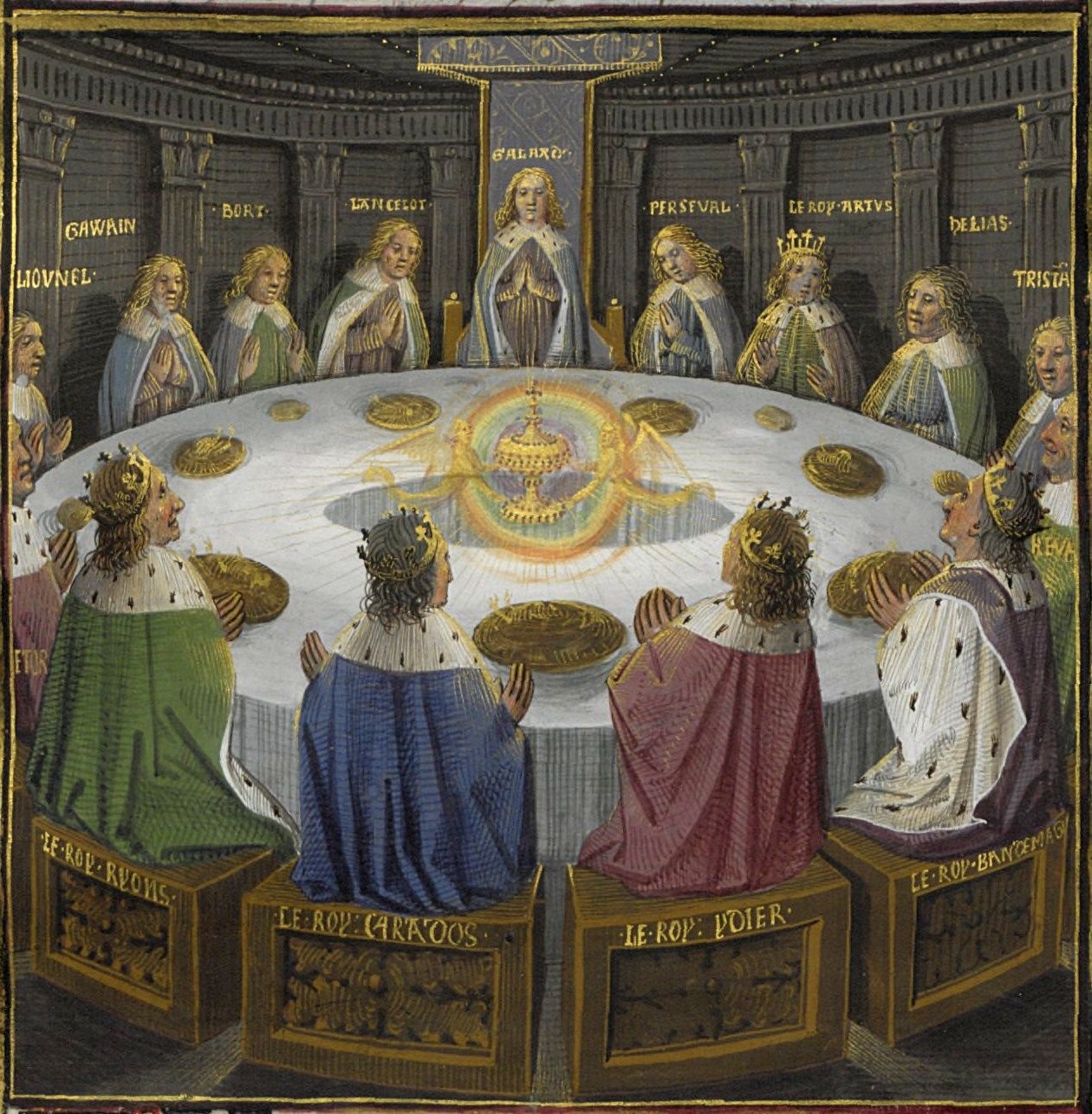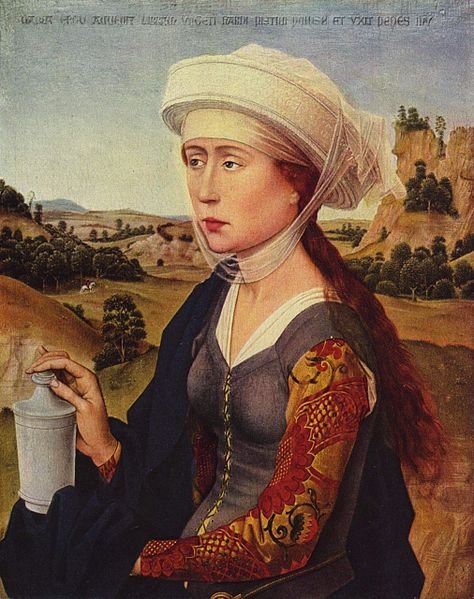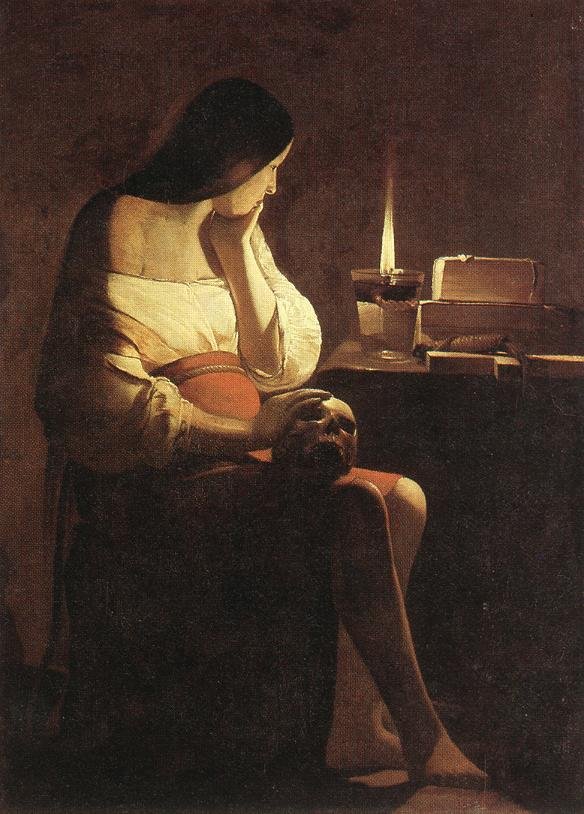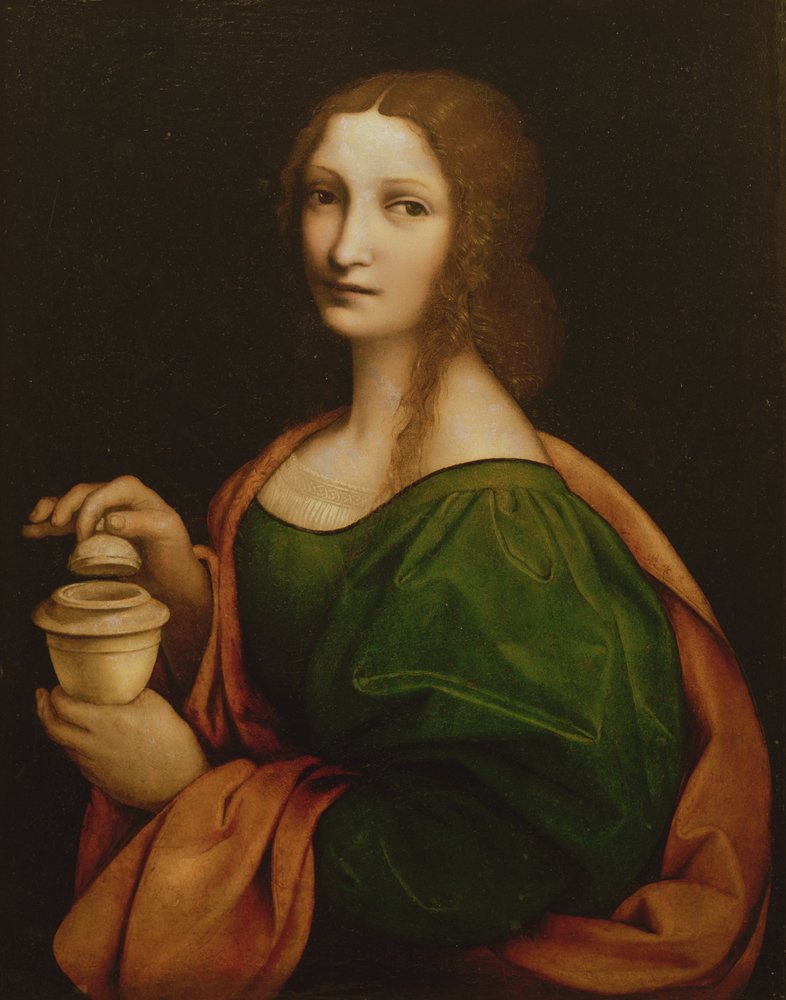The Mystery of the Holy Grail and its Relation to the Knights Templar
Disclaimer
The intention of this content is to expand awareness about certain places, myths and stories told at some point by humanity. Much of the information may not be scientifically supported or may contradict current theories. Knowledge, throughout history, is constantly updated, constructed or replaced when there is greater understanding. Therefore, we want to build a serious approach, within free thought, and in its use in a beneficial way for collective evolution. If you like this content, please consider to follow us on Instagram and Youtube for more.
The legend of the Holy Grail is told in ancient fables such as the story of King Arthur and the Round Table and even in Hollywood blockbusters such as Indiana Jones and the Last Crusade and Dan Brown's Da Vinci Code. These stories, though different in some ways, speculate about an artifact of miraculous powers that goes back to Christ himself. More than that, some even claim that the Grail could be a magical "stone", or even the sacred bloodline that carries the blood of Jesus.
But, what of all this can be considered serious?
Again, here we bring history and folklore through exploration, blended with science to explore not just places, but literature and lost knowledge to shed light on this amazing topic. Let's explore forgotten texts and make some surprising connections in our content. Prepare the popcorn and let's go...
The Chalice Grail, the church, and the Legend of Merlin and King Arthur
The Holy Grail is considered in most texts and publications an artifact of incredible power capable of granting its bearer eternal life, abundance, healing, desires and unlimited youth.
The more traditional line, Christian, preaches that the Grail was the chalice used by Jesus Christ during the Last Supper. Later, that same chalice was used to collect his blood during his crucifixion. This sequence of events gave the artifact its magical “powers”, and even today it is claimed by some churches around the world as guardians of the piece.
The alleged Holy Grail in the Cathedral of Valencia - Photo Getty Images
The Grail legend itself was resurrected a millennium later through works such as Merlin by Robert de Boron and Parsifal by Chrétien de Troyes and Wolfram von Eschenbach. All were identified as poets and troubadours, but they told a story full of details and mysteries that persist until today with the story that is gradually being revealed.
These poets wrote about famous legendary knights like King Arthur and his Round Table companions. In legend, the quest for the Holy Grail is often portrayed as a spiritual and initiatory journey, in which knights must overcome various trials and challenges to prove their purity of heart and worthiness.
Robert de Boron added a new ingredient to this story: the biblical character Joseph of Arimathea. In Merlin, Arimathea is in charge of guarding and protecting the Holy Grail, fleeing by boat to present-day England and founding the first British Christian society there, where the current city of Glastonbury is located.
The Grail and the Round Table
For those who are already familiar with Avalon, the mythical place that contained the body of King Arthur, this is exactly the location. Other speculations say that Arthur himself was a direct descendant of Christ and was tutored by Arimathea (the old Merlin), even giving rise to the legend of the Sangreal (Royal Blood) which is an alternative to the theory of the chalice object.
The Living Grail, or the Bloodline of Christ
The sacred lineage of Christ is a hotly contested theory, but it has gained a lot of notoriety recently with the work of Dan Brown. Various authors have done investigative work to link this story with possible evidence over the millennia in monasteries, libraries, and written accounts.
Some authors and researchers believe that José de Arimathea started a secret lineage of guardians of the “Sangreal” after his arrival in Europe. This lineage, which is believed to be a direct descendant of Jesus Christ and Mary Magdalene, is known as the Living Grail itself, that is, the bearers of the blood of Christ with its powers and royalty.
Christ's lineage is seen as a hidden secret by the Catholic Church, which tried to hide the fact that Jesus had a wife, Mary Magdalene, and that descendants of her lived to this day. Perhaps this was convenient as a way of protecting the lineage from possible persecution and assassination, but at the same time it was desirable for a Church rising through the Roman Empire to preserve its power.
Another part of the legend cites the Merovingian dynasty, which ruled France from the 5th to the 8th century, and which was descended from Jesus Christ and his wife Mary Magdalene, through the secret bloodline called the “Sangreal”. Merovingian kings were known as "holy kings" and were considered invested with divine authority, as they supposedly had the holy blood of Jesus Christ in their veins.
This story originated in the twelfth century with the book "Perceval, or the Tale of the Grail", written by the French poet Chrétien de Troyes. Some scholars believe that the legend of the Merovingians may have some historical basis. However, despite many indications, there is still a lack of concrete links that really support the idea that the dynasty was indeed descended from Jesus Christ.
The “STONE” or ALCHEMICAL Grail (Philosopher’s STONE)
Wolfram von Eschenbach, one of the most mysterious authors in our research, added a new dimension to the Grail Legend. The Grail was not a chalice or a bloodline, but a stone.
According to the legend of Wolfram von Eschenbach, the Grail Stone was made of a substance called "Lapis exilis" or "Exile Stone", which supposedly fell from the sky in the form of a meteorite. This stone was the Grail's source of power and life, and only those who were pure in heart and virtuous could approach it and use its powers.
This legend has an incredible similarity with the legend of the Chintamani Stone of Asia and with the legend of the Emerald of Lucifer that we can unfold in future contents. Like its similar legends, the stone was described as having healing properties and was used to heal wounds and illnesses, grant wishes, as well as provide visions and spiritual revelations.
Nicholas Roerich and the Chintamani Stone (The Grail?)
Furthermore, the Grail according to von Eschenbach is seen as a symbol of spiritual redemption. This myth talks a lot with the Philosopher's Stone, or Alchemical Stone that we already mentioned in the content about alchemy in the film Uma História sem Fim. Those seeking the Grail must become virtuous and pure in heart in order to earn the right to approach the Grail stone and use its powers.
This concept also fits perfectly with the acronym VITRIOL, often used by initiates, alchemists, and sincere seekers to find ultimate wisdom. VITRIOL is a Latin acronym that stands for the phrase "Visita Interiora Terrae Rectificando Invenies Occultum Lapidem", which in Portuguese means "Visit the interior of the Earth and rectifying (purifying) you will find the hidden stone".
Each of the words that make up the acronym VITRIOL has a specific meaning within the alchemical tradition:
Visit - means "visit", "go", "enter". It refers to the inner journey that the alchemist must take to achieve transformation and wisdom.
Interiora - means "interior". It refers to the work that must be done within oneself, in the psychological and spiritual sphere.
Terrae - means "from the Earth". It refers to the material and physical world in which we live.
Rectifying - means "rectification", "purifying". It refers to the process of purification and inner transformation that the alchemist must carry out in order to reach wisdom.
Invenies - means "you will find". It refers to discovering the hidden secret within yourself.
Occultum - means "hidden". It refers to the wisdom and knowledge that are hidden within the human being and that must be discovered through the inner journey.
Lapidem - means "stone", or the Grail itself. It refers to the "philosopher's stone", the ultimate goal of the alchemical quest, which symbolizes inner transformation and the wisdom gained through the inner journey.
VITRIOL is an invitation for the alchemist to undertake an inner journey in search of wisdom and personal transformation, rectifying and purifying himself to discover the hidden secret within himself and reach the "philosopher's stone".
And what do the Templars have to do with it?
The Templars, officially, were a military and religious order founded in the 12th century during the Crusades, with the aim of protecting Christian pilgrims traveling to the Holy Land. They became one of the most powerful and influential orders of the Middle Ages, amassing wealth and property across Europe.
Coincidentally, at the same time the Grail stories mentioned above (von Eschenbach, de Boron and de Troyes) appeared. The Templars' relationship with the Holy Grail is a recurring theme in many legends and has been trying to gain space with new evidence being raised through research. In this case, almost all point out that the Templars were the guardians of the Grail (artifact or bloodline).
One of the currents preaches that the Templars would have discovered and protected the Grail during the Crusades. One of the most famous legends about the Templars and the Grail is the story that they found the Grail in Jerusalem, below the Temple Mount, where they established their stronghold for several years, and took it to Europe. This story also preaches that the Grail would have been protected somewhere in France by the Templars.
Along the lines of the Living Grail, another theory suggests that the Templars would have found the hidden secrets about the lineage of Jesus Christ and would have protected these secrets by guarding that lineage to this day.
The Templars, according to official history, were dissolved in 1307, when the French King, Philip IV, began a campaign to destroy them and confiscate their immense wealth. He accused the order of heretical practices, including demon worship and blasphemy against the Catholic Church. They were also accused of performing secret ceremonies that possibly involved the "Grail".
The accusations were mainly based on confessions obtained under torture. Philip IV also used his influence over Pope Clement V to call a council and judge the Templars.
Many of the order's members were arrested, tortured and executed, including its leader, Jacques de Molay, who was burned alive at the stake in 1314. Legend has it that before he died, de Molay cursed his accusers, including King Philip IV and the Pope Clement V, saying that they would die before the end of the year, which actually happened.
Although the order was officially dissolved, many Templars fled and took refuge in other orders or under the protection of European kings. Some historians believe that the Templars' influence survived through their connections with other orders, including the Hospitallers in Malta, the Teutonic Knights in Germany and Northern Europe, and even in Portugal and the "New World" (Americas).
Conclusions
We saw here many theories, some really surprising, about the history of the Holy Grail. We do not want here to convince the neophyte that one version is more correct than the other, or even that they are real. It is up to each one to analyze the merits of the information with their own wisdom.
At the end, once again, questions that encourage us to research more and think about the legend and the oral tradition told:
What was the real mission of the Knights Templar? Could they have been governed by an even more occult organization?
Why, upon arriving in Jerusalem, did they settle directly above the Temple Mount and fortified themselves there for years before leaving?
Was the Grail really an object? Why do various religions and beliefs consider similar stories about this artifact?
Would the Knights Templar have been extinct, or do they continue to exist today in different guises, but with the same mission and symbolism?
Soon, we will be leaving for a journey where we will be in direct contact with these stories. The truth is out there!







